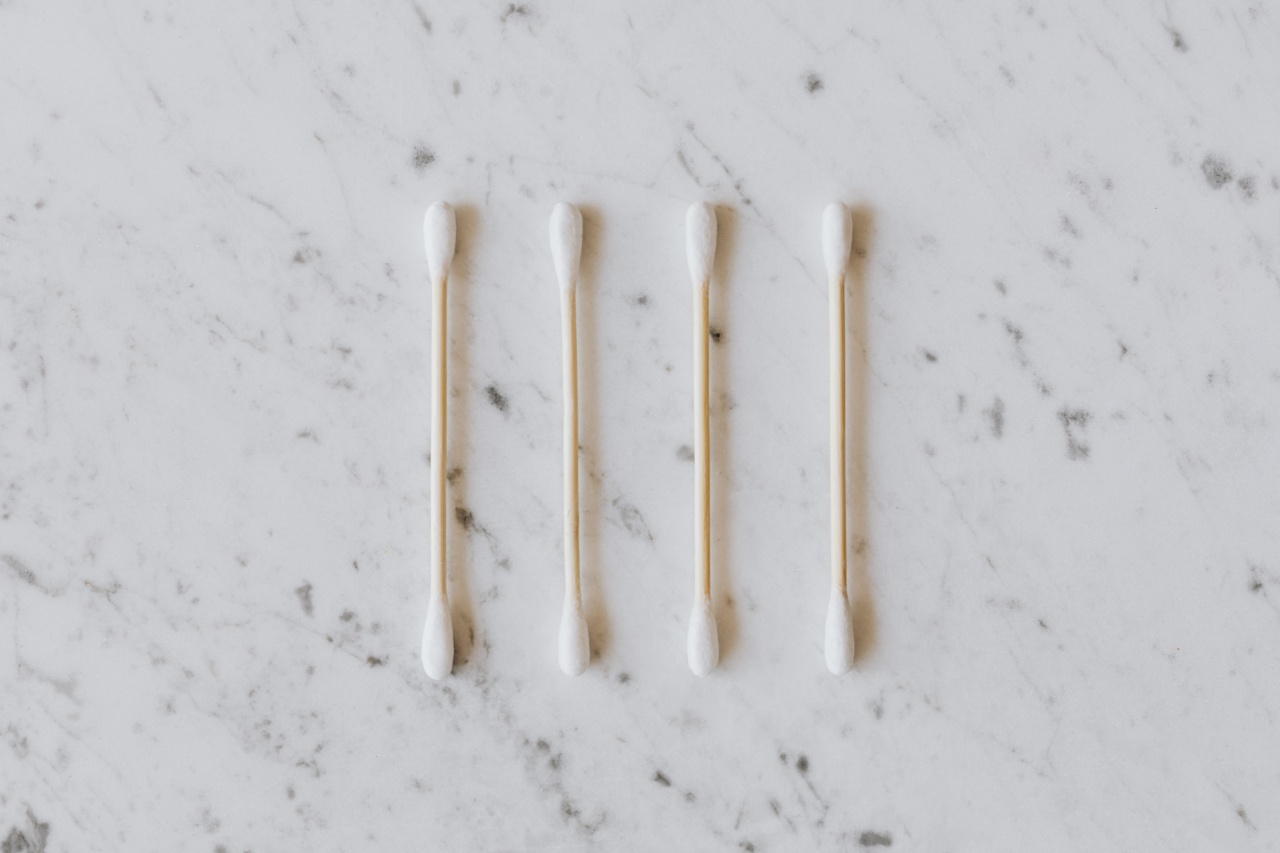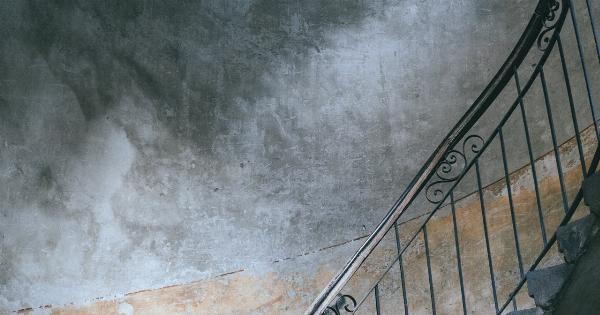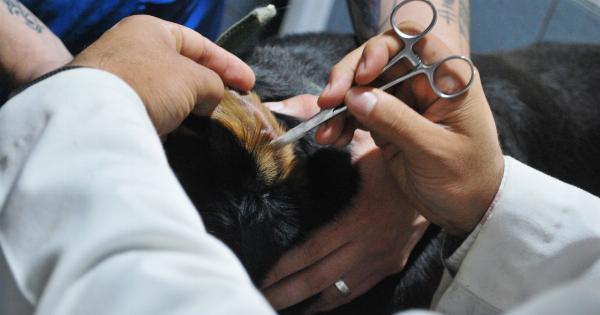Ear cleaning is an essential part of our personal hygiene routine. Many of us resort to cotton swabs, commonly known as Q-tips, to remove earwax and keep our ears clean. However, experts strongly advise against the use of cotton swabs for ear cleaning.
This article aims to explore the numerous reasons why you should avoid using cotton swabs and understand the alternatives available for effective and safe ear cleaning.
The Dangers of Cotton Swabs for Ear Cleaning
Contrary to popular belief, cotton swabs can cause more harm than good when used for ear cleaning. Here are some reasons why experts discourage their use:.
1. Ear Canal Damage
The ear canal is a delicate part of our ear, and any aggressive attempts to clean it with cotton swabs may lead to injuries. The ear canal is lined with thin, sensitive skin that can be easily scratched or punctured.
Furthermore, inserting cotton swabs too far into the ear canal can push earwax deeper, potentially causing blockages or impacted wax.
2. Risk of Impacted Earwax
Cotton swabs are not designed to remove earwax effectively. In fact, they often end up pushing the wax further into the ear canal, leading to blockages or impacted earwax. Impacted earwax can cause hearing loss, pain, dizziness, and even infection.
Therefore, it is essential to avoid using cotton swabs to prevent such complications.
3. Damage to Eardrum
The eardrum, or tympanic membrane, is an essential component of our hearing system. However, it is incredibly delicate and can be easily injured. Inserting cotton swabs into the ear canal increases the risk of accidental damage to the eardrum.
Any damage to the eardrum can result in hearing loss, ringing in the ears (tinnitus), or balance problems.
4. Ear Infections and Irritation
Cotton swabs can also disrupt the natural balance of the ear canal by removing the protective layer of earwax. This can leave the ear vulnerable to infections and irritations.
Additionally, the fibers from the cotton swabs may also get stuck in the ear canal, causing further discomfort and increasing the risk of infection.
5. Impact on the Ear’s Self-Cleaning Mechanism
Our ears are designed to be self-cleaning. They naturally produce earwax to trap dust, dirt, and other foreign particles and then move it outward. Using cotton swabs interferes with this natural self-cleaning mechanism.
It disrupts the ear’s ability to eliminate excess wax and can lead to a buildup of earwax over time.
6. Alternatives to Cotton Swabs for Ear Cleaning
Fortunately, there are safer alternatives available for ear cleaning. Here are a few recommended by experts:.
a. Ear Drops
Ear drops can be used to soften earwax, making it easier to remove naturally. These drops typically contain saline solution, hydrogen peroxide, or mineral oil. They should be used as directed and can be an effective and safe way to manage excess earwax.
b. Ear Irrigation
Ear irrigation involves gently flushing the ear canal with warm water to remove excess earwax. It is recommended to have this procedure performed by a healthcare professional to ensure proper technique and minimize the risk of injury.
c. Microsuction
Microsuction is a technique used by healthcare professionals to remove excess earwax using a small suction device.
It provides a controlled and safe method of ear cleaning and is especially useful for individuals with earwax blockages or impaired eardrums.
d. Warm Water and Washcloth
For mild earwax buildup, simply washing the outer parts of the ear with warm water and a washcloth can be sufficient. Gently clean the outside of the ear and the earlobe, being careful not to insert anything into the ear canal.
7. General Ear Care Tips
In addition to avoiding cotton swabs for ear cleaning, here are some general tips to keep your ears healthy:.
a. Avoid Excessive Cleaning
As mentioned earlier, our ears have a natural self-cleaning mechanism. Avoid excessive cleaning or using any sharp objects, including cotton swabs, as they can disrupt the delicate balance of the ear and cause complications.
b. Protect Your Ears
To prevent damage to your ears, it is important to protect them from excessive noise and potential trauma.
Wear earplugs or earmuffs when exposed to loud noises or when participating in activities that may pose a risk to your hearing, such as concerts or sporting events.
c. Seek Professional Help
If you are experiencing excessive earwax buildup, a feeling of fullness in the ears, pain, or any changes in your hearing, it is recommended to seek professional help.
A healthcare provider or an ear specialist can assess your condition and provide appropriate treatment or advice.
Conclusion
Cotton swabs may seem like a convenient tool for ear cleaning, but they pose significant risks to our ear health. Experts strongly advise against using cotton swabs to prevent potential injuries, impacted earwax, eardrum damage, and other complications.
It is crucial to explore safer alternatives, such as ear drops, ear irrigation, microsuction, or simple warm water and washcloth cleaning. By practicing proper ear hygiene and seeking professional help when needed, we can maintain our ear health and minimize the risk of complications.




























